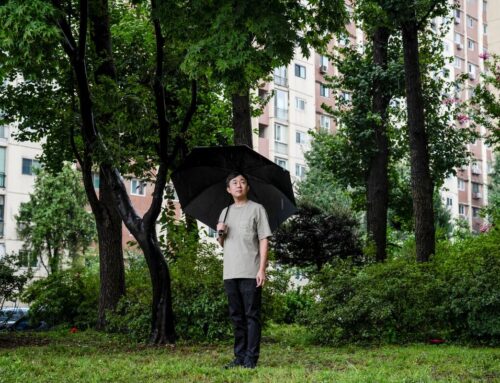Meta Wants Its AI to Learn From Your Camera Roll
October 20, 2025
Meta wants access to the photos on Facebook users’ smartphone camera rolls. The company’s new feature is designed to help people find “shareworthy” photos they haven’t yet published, but the privacy concerns are obvious and there are important considerations about how these photos may be used to train AI.
As The Verge reports, this is not the first time Meta has been sniffing around people’s personal photo collections. In June, it surfaced that Facebook was testing an AI-powered editing feature on user photos, including ones that had not yet been uploaded or published to Facebook. The experimental tool aimed to curate people’s camera roll to help users find the best photos that they had not yet shared, and make it easy for people to do so thanks to suggested edits, collages, and more. It’s no longer an experiment and is rolling out to select users now.
While these suggested photos and edits remain private unless the user opts to agree with Meta’s suggestions and share them, and users had to enable this feature in the first place, many users were concerned that Meta would use people’s private photos to do more than suggest images to share, including training its AI. This summer, when testing the feature, Meta said it did not “currently” train its AI models using people’s camera roll images but did not make a strong statement at all about its future plans.
Now that Facebook has officially rolled out this new feature to a wide swath of users in the United States and Canada, it seems Meta’s stance on AI training has rapidly softened.
The company’s announcement says, “We don’t use media from your camera roll to improve AI at Meta, unless you choose to edit this media with our AI tools, or share.”
That’s a rather significant caveat, because this appears to mean that if the user takes advantage of this new feature, which means sharing the suggested content, their selected content with exposed to Meta’s AI training operations.
Meta spokesperson Mari Melguizio clarified the situation with The Verge: “This means the camera roll media uploaded by this feature to make suggestions won’t be used to improve AI at Meta. Only if you edit the suggestions with our AI tools or publish those suggestions to Facebook, improvements to AI at Meta may be made.”
Meta says its new feature, which remains opt-in, is designed to help users find “shareworthy” photos and videos and that the AI-powered editing tools ensure people without photo editing or design skills will still be able to create and share polished content with their friends and family.
“Many people capture life’s moments but rarely share them — whether it’s because they don’t think their photos or videos are ‘shareworthy,’ or because they simply don’t have time to create something special,” Meta explains. “With your permission and the help of AI, our new feature enables Facebook to automatically surface hidden gems — those memorable moments that get lost among screenshots, receipts, and random snaps — and edit them to save or share.”
The new feature does the heavy lifting, but it clearly comes with a cost. Those who use this new feature to its fullest, which means publishing the content that Facebook suggests with the AI-based edits it recommends, are handing over select content from their camera rolls to Meta to train AI. It may be worth the price for some, but it’s important that people realize precisely what they are giving to Meta when if they utilize the latest Facebook feature.
Image credits: Meta
Search
RECENT PRESS RELEASES
Related Post


